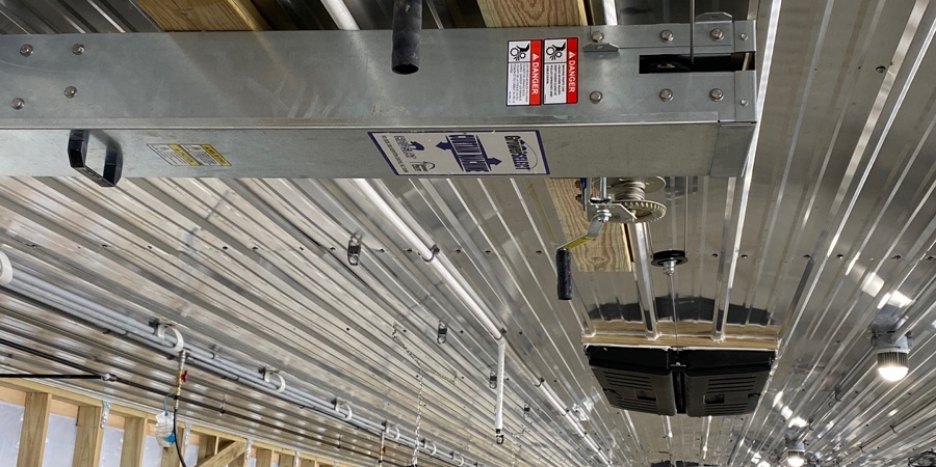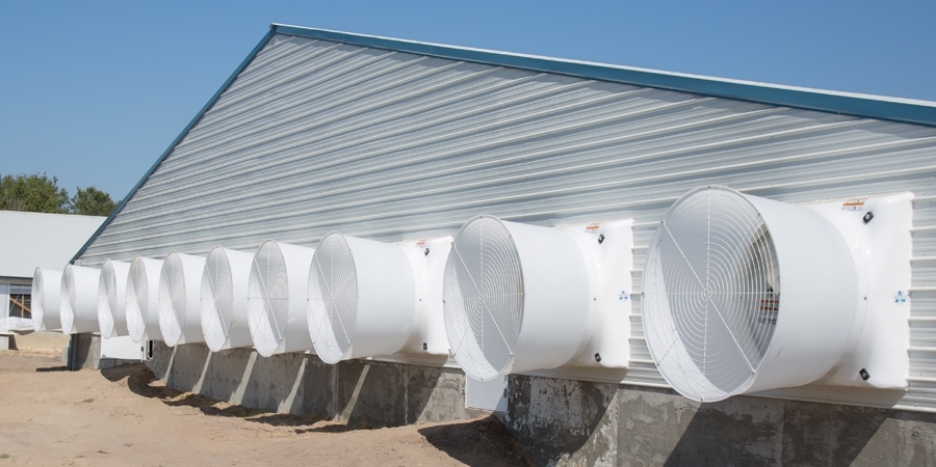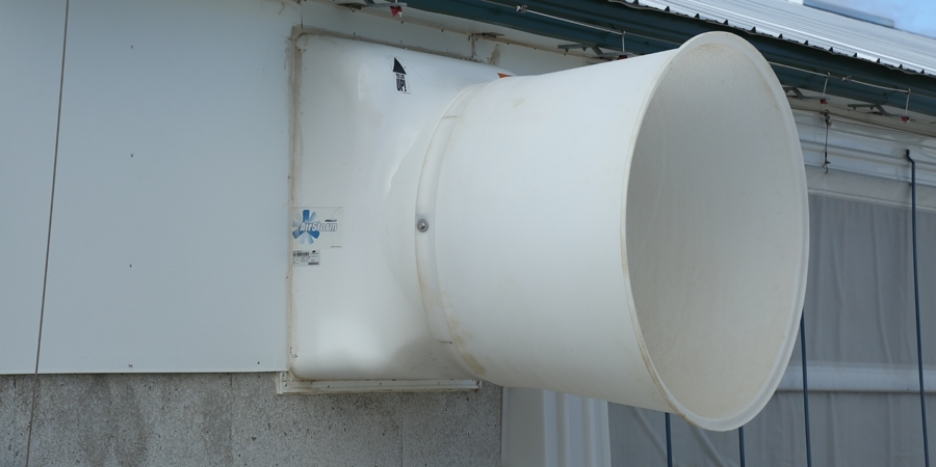Blog posts tagged with 'hog ventilation'
Automated ceiling inlets offer a time-saving alternative to gravity air inlets
Evaluating new technology should be based on three critical factors…does it fit, will we use the information, and will it make us more profitable?
By Fritz Richards, Sales Manager, Hog Slat Inc.
We just returned from the EuroTier show held in Hanover, Germany. Billed as the largest animal production trade fair in the world this year's theme was "Digital Animal Farming." Many of the equipment manufacturers highlighted sensor technology designed to measure everything from humidity, lighting, behavior, estrous, etc. and link the data to Artificial Intelligence systems.
In the middle of this overwhelming display of "smart farming" it pays to take a moment to consider the real value of all this technology. “Smart Farming” does not mean that you have every piece of high tech equipment on your farm that is available. “Smart Farming” is maximizing your profitability by utilizing the correct combination of technology and quality products.
Every production system is different, whether it's a single farm or a large integrated model spread over many locations.
First, each production system needs to evaluate new products with a critical eye to determine if it fits their system.
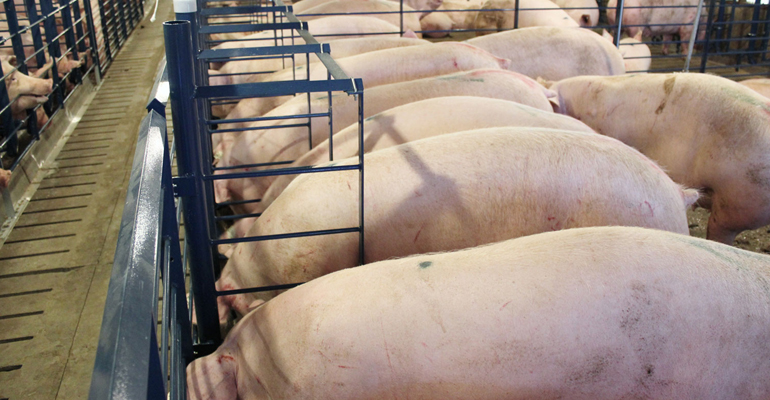
Let's take the example of group sow housing. For a farm with a stable workforce and low turnover, electronic sow feeding could be an excellent choice for loose housing. Forcing the same ESF equipment on a production system with higher employee turnover would not yield as good of results. It would be easier to train employees and maintain the equipment with a less intensive system using stanchions and drop feeding — less technology but better results.
The second criterion for evaluating new technology is will the production system utilize this new information.
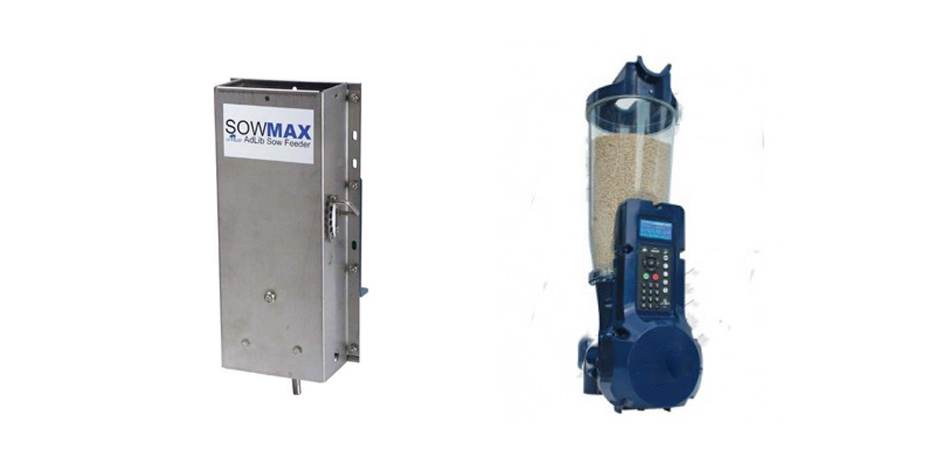
Consider feeding sows for maximum performance in lactation. Installing a trigger activated SowMAX dispenser will increase productivity and reduce labor and wastage compared to hand feeding. Installing an electronically activated hopper will yield similar results and record the metered amount of feed to a central record keeping system. The evaluation must then be, is this additional information worth the higher cost and increased maintenance? How will this new information be used to make better management decisions?
The third and the absolutely most important evaluation for any new technology is it should LOWER COSTS AND IMPROVE PROFITS.
The cost of computerized ventilation controllers is easily recoupled through increased growth rates due to the improved environment, but adding additional features only increases cost with little chance for payback. Take the example of a recent project where the owner wanted to connect the ventilation control to his smartphone at a cost of $10,000. This additional expense would not have significantly improved pig performance and would have only put him in a weaker financial position.
Now don't get this wrong, we're not backward thinking Luddites opposed to all new technology, but we think for "smart farming” to be truly smart it has to pass the following criteria.
1) Does it fit the current production system and personnel?
2) Will the information indeed be used to make better management decisions?
3) And most importantly does it increase productivity AND PROFIT?
Some new “smart farming” technology only increases data overload and offers very little new information to make smarter decisions. Is it really necessary to individually monitor every animal on a 5,000-
Careful and thoughtful evaluation will ensure all new products and technology contribute to a farm’s overall profits.
Fritz Richards is the sales manager for Hog Slat Inc.’s swine business division. Fritz can be reached frichards@hogslat.com.
A new control system allows larger fans to be converted to variable speed with improved accuracy and reduced energy consumption.
Most fans used for minimum winter ventilation rates tend to be smaller diameter fans. It's necessary to use fans with a lower total cubic foot per minute output as the most common method of slowing the fan to reduce air volume is reducing the voltage going to the motor. It is generally advised not to operate voltage-regulated fans at speeds below 40-50% of their maximum revolutions per minute to prevent the motor from overheating and stalling.
Although smaller fans are effective in delivering the correct minimum rates they do not significantly contribute to the total cfm rate needed to cool the building during maximum ventilation or perform at the highest energy efficiency.
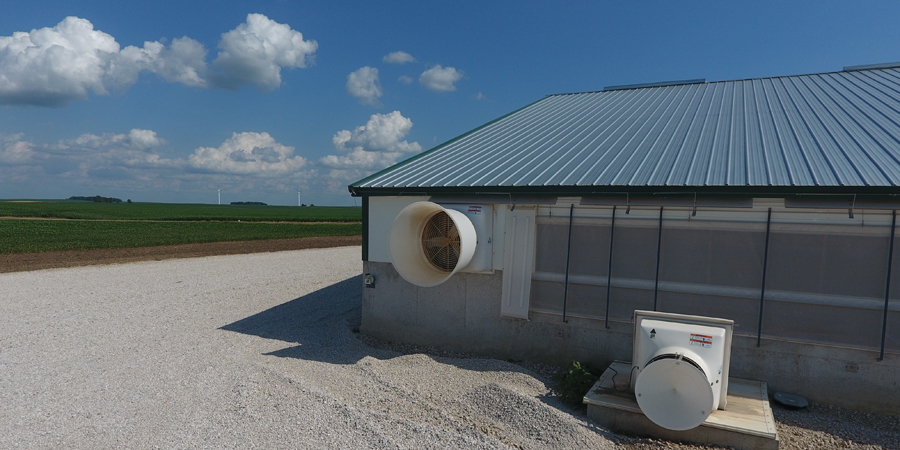
A new method of controlling variable speed fans allows using larger, higher-capacity fans to accurately deliver lower cfm needed for minimum ventilation rates.
Variable Frequency Drive or VFD system uses a three-phase single-speed motor, and VFD controller. A VFD controller receives a 0 to 10-volt signal from the house controller and sends a corresponding signal to the fan motor in frequency or hertz. The full range of a VFD fan varies from full delivery down to nearly zero. This lower cfm range permits a producer to replace several smaller minimum fans on existing facilities with a single, larger VFD fan also functioning as a tunnel fan in the summer. Varying the hertz to control fan speed has a significant advantage over using voltage including less motor overheating and improved energy efficiency because decreasing frequency also reduces power consumption.
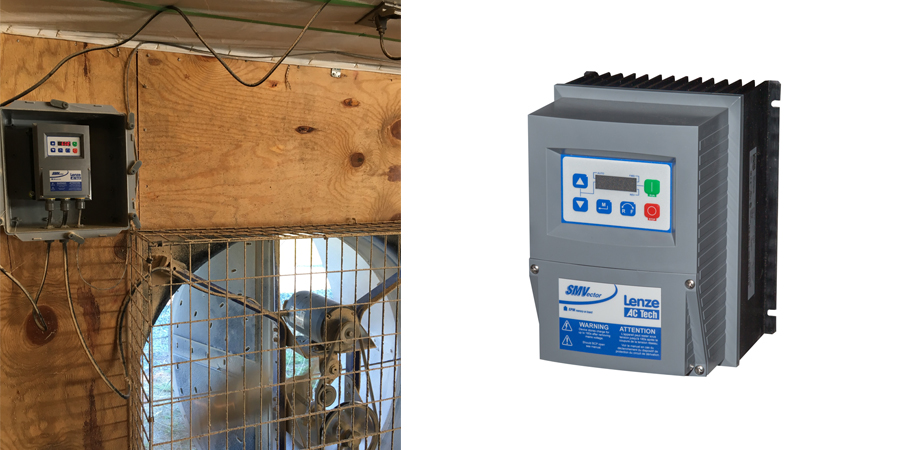
Most fans can be converted to the VFD system by swapping the motor with a three-phase motor and adding a VFD controller. Most whole house computer style controllers are capable of sending a 0 to 10-volt signal to the VFD control. Older style controllers with on-off signals can also be used with a slightly different method. The VFD controller features a manual speed control knob. The operator can set the minimum ventilation, and the ventilation control can override the VFD control and run the fan at high if the building temperature increases. As the building cools down, the control shuts off and the fan returns to the minimum rate set on the VFD control.
By Austin Baker, Ventilation Director for Hog Slat Inc. You can contact Austin at jabaker@hogslat.com
- 2026
- 2025
- 2024
- 2023
- 2022
- 2021
- 2020
- 2019
- 2018
- 2017
- 2016
- 2015
- 2013












 Україна
Україна Méjico
Méjico
